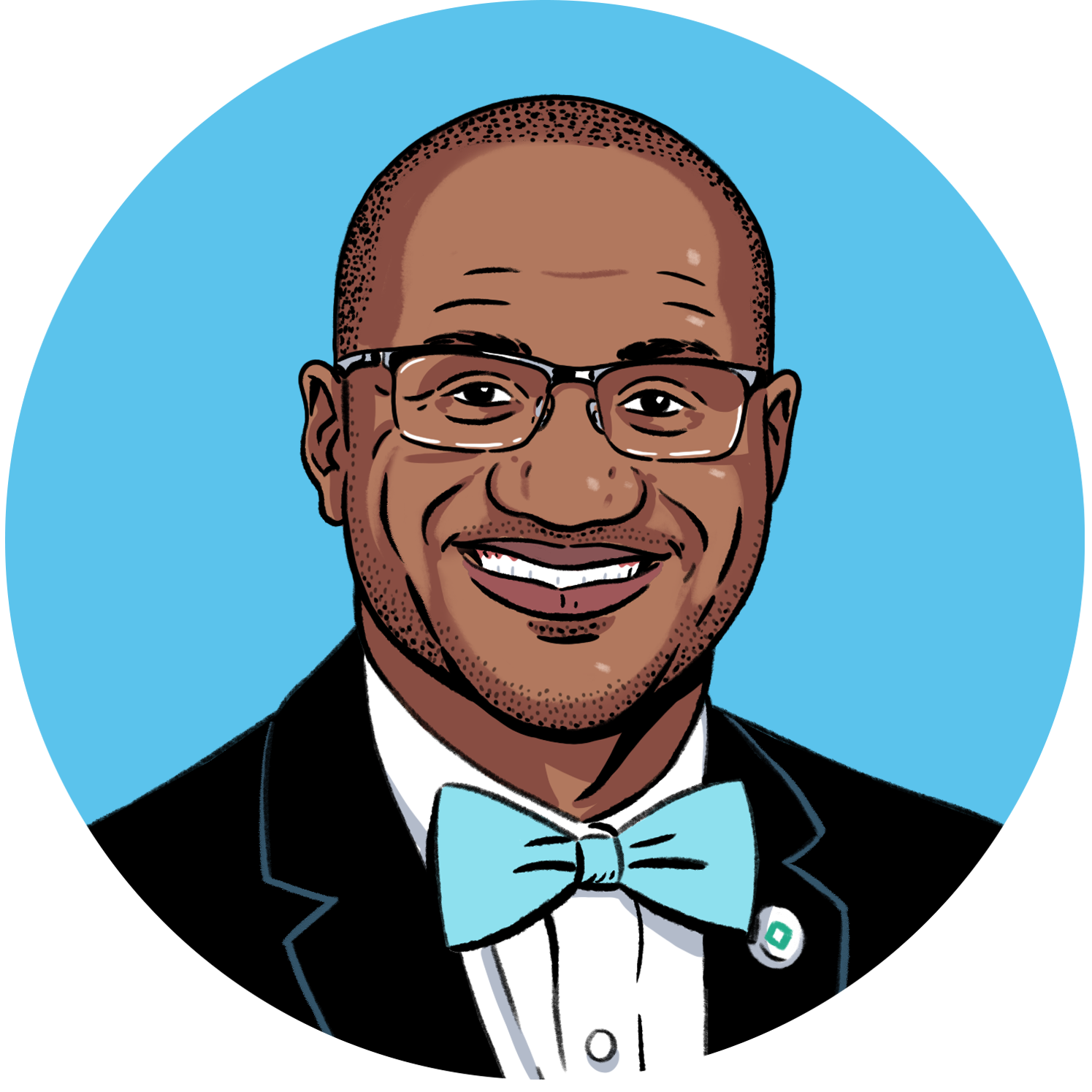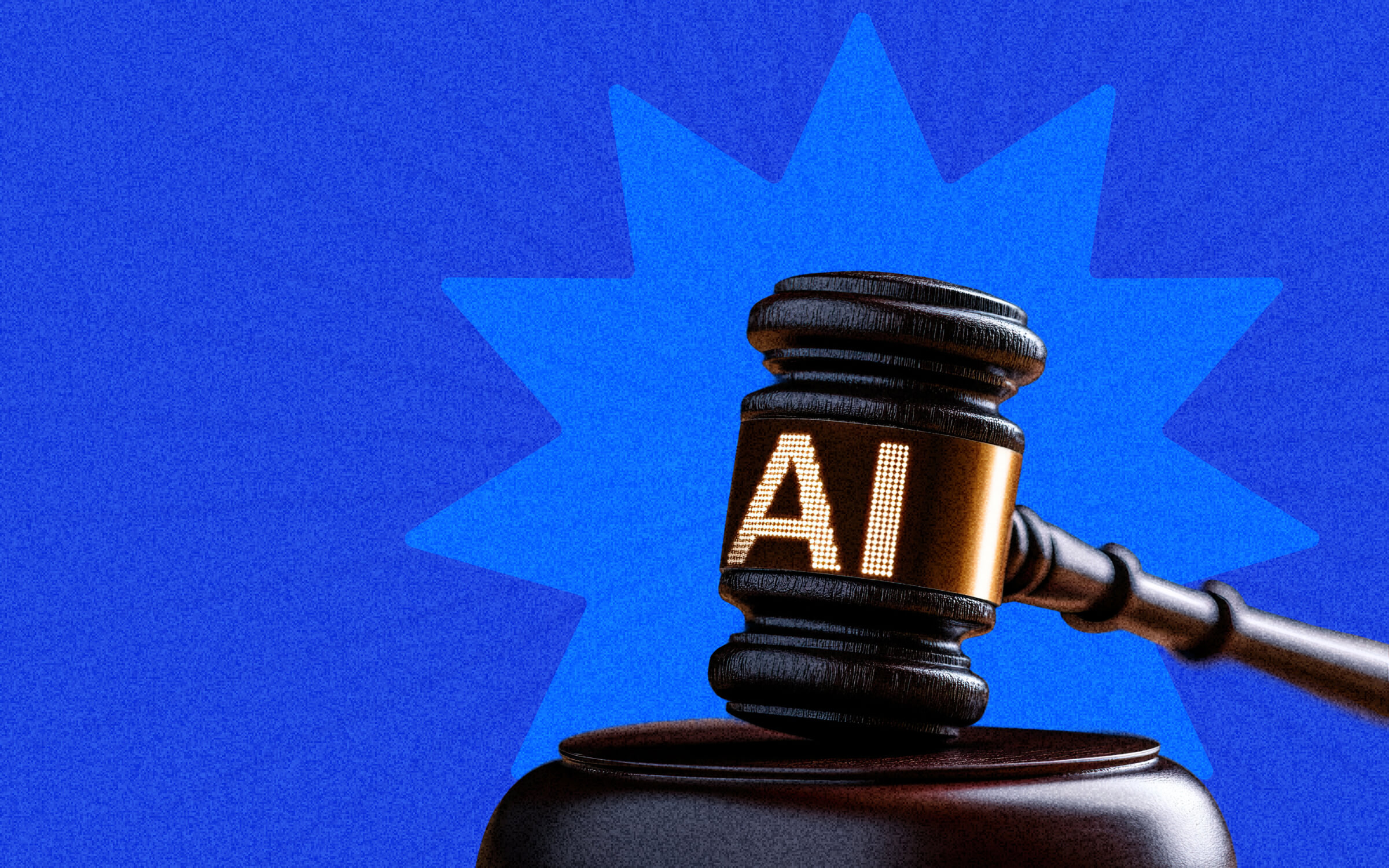A company’s pledge to diversity, equity, and inclusion and its decision to hire a chief diversity officer to lead initiatives are two critical steps in the effort to create a more inclusive and diverse organization. But as DEI leaders know, their work won’t take root without the support of the entire executive team.
Employees, clients, and business partners need to see that your company is walking the talk, making it critical for executives and senior leaders to take an active role in modeling diversity, equity, and inclusion in their decisions and actions. A collective commitment to the company’s DEI mission makes creating a more inclusive environment and reaching established diversity goals achievable.
Two Senior Executive DEI Think Tank members shared their insights on some of the ways executives can exemplify their commitment to diversity, equity, and inclusion in the workplace. Read on for their leadership advice and valuable ideas that you can bring back to your own organization.

Model Inclusive Leadership in the Workplace
André Lessears
Chief Diversity and Inclusion Officer
UAB Health System
In an era that champions equality and diversity, DEI transcends organizational boundaries. It is a collective obligation that should be embraced by all individuals, from executives at the helm of corporations to every employee within an organization. The true catalyst for change begins with leaders who model inclusive behavior and make a conscious commitment to DEI in their actions and decisions.
Executives, by virtue of their positions, possess a powerful platform and influence. Beyond internal initiatives, they can leverage their voice to advocate for DEI within their industry and also in the broader community. Advocacy extends beyond company walls, contributing to the creation of an ecosystem that values diversity and actively works toward dismantling systemic barriers. This proactive stance not only aligns with ethical business practices but also enhances the reputation of the organization.
By embracing Deloitte’s six signature traits of inclusive leadership — cognizance, curiosity, courage, cultural intelligence, commitment, and collaboration — leaders can actively contribute to creating a workplace culture where individuals are treated fairly, personalization is celebrated, and the collective intelligence of diverse groups is harnessed for smarter decision-making.
Inclusive leadership is not just a corporate buzzword; it is a fundamental aspect of fostering a workplace that values diversity, equity, and inclusion. As we navigate the complexities of the modern workplace, the call for inclusive leadership has never been more imperative, and executives play a pivotal role in this journey, setting the tone for the entire organization.

Show Commitment through Personal Behaviors and Corporate Integration
Ivan Lee
Director, DEI
Elastic
Executives can show their commitment through two methods: personal behaviors and corporate integration. Personal behaviors include executive sponsorship of an ERG, participation in DEI-related events, and upgrading their learning through personal study of their power/privilege, for example. These activities require the executive’s time, but the ‘tone from the top’ and visibility give credence and permission to the organization to model the behaviors.
Corporate integration infuses DEI with their department’s products and outcomes. For example, a marketing executive can hold their teams accountable for producing inclusive campaigns and market analysis focused on underserved communities. In another example, an engineering leader might issue an ‘acceptable use’ policy on how their products should not be used to further misinformation. Additionally, the executive might hold themselves and their team accountable for meeting DEI goals by tying to their compensation and bonuses. That’s putting your money where your mouth is.






